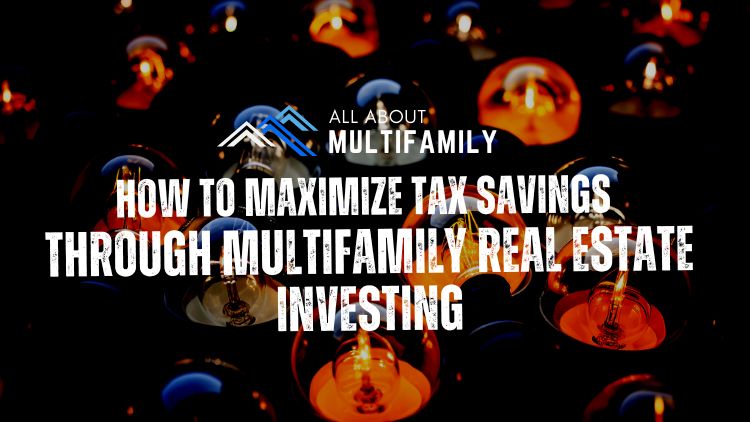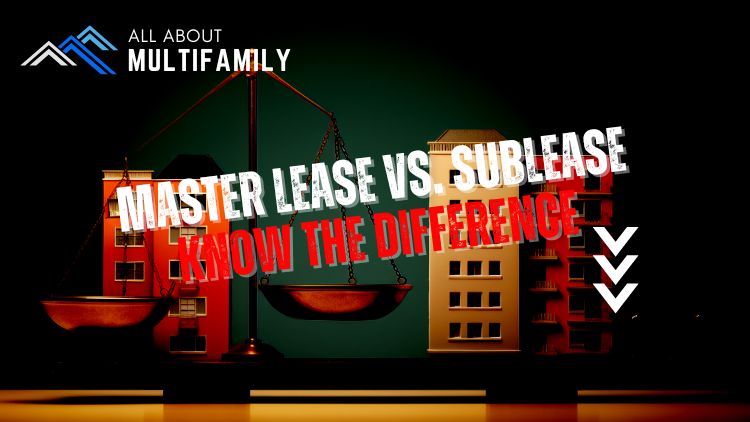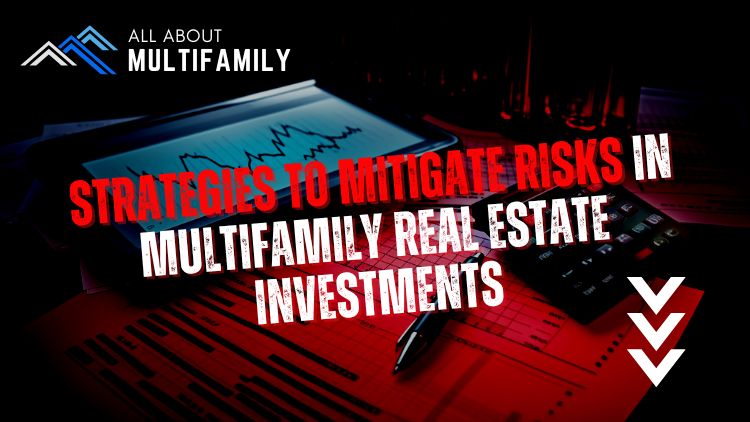Multifamily real estate investing not only offers opportunities for cash flow and wealth creation but also provides avenues for maximizing tax savings. By understanding and utilizing the tax benefits available to multifamily investors, you can optimize your investment returns and reduce your overall tax liability. In this article, we will explore strategies and tax advantages to help you save on taxes through multifamily real estate investing.
1. Depreciation
Depreciation is a significant tax advantage in real estate investing. The IRS allows investors to deduct a portion of the property’s value as a depreciation expense over time. For multifamily properties, the depreciation is typically calculated over a period of 27.5 years. This deduction reduces your taxable income, resulting in lower tax liability. It’s important to consult with a tax professional to ensure accurate and proper depreciation calculations.
2. Cost Segregation
Cost segregation is a strategy that allows you to accelerate the depreciation benefits by identifying and classifying certain components of the property as shorter-lived assets. Through a cost segregation study, you can allocate a portion of the property’s value to assets such as flooring, fixtures, or appliances, which can be depreciated over a shorter period, such as 5, 7, or 15 years. By front-loading the depreciation benefits, you can further reduce your taxable income and increase your tax savings in the earlier years of ownership.
3. 1031 Exchange
A 1031 exchange, also known as a like-kind exchange, enables investors to defer capital gains taxes when selling a property and acquiring a replacement property of equal or greater value. By reinvesting the proceeds from the sale into another multifamily property, you can defer the capital gains taxes and continue building wealth through real estate without the immediate tax burden. The 1031 exchange provides a powerful tool for tax deferral and wealth preservation.
4. Deductible Expenses
As a multifamily real estate investor, you can deduct various expenses associated with property ownership and management. These deductions can include property taxes, mortgage interest, insurance premiums, repairs and maintenance costs, property management fees, and utilities. Keeping detailed records and working with a qualified tax professional will help ensure that you maximize your deductions and accurately claim eligible expenses.
5. Passive Activity Losses
Multifamily real estate investing often generates passive income, which can be offset by passive activity losses. If you have other passive investments or rental properties that generate losses, you can use these losses to offset the income from your multifamily property. This can result in a reduction in your overall taxable income and potentially generate a tax refund. However, it’s important to familiarize yourself with the passive activity loss rules and consult with a tax professional to ensure compliance.
6. Self-Directed IRA
Investing in multifamily real estate through a self-directed IRA can offer additional tax advantages. By using a self-directed IRA, you can invest in real estate while enjoying the tax benefits associated with retirement accounts. Contributions to a self-directed IRA may be tax-deductible, and any profits generated from the real estate investments grow tax-deferred or tax-free, depending on the type of account. However, it’s crucial to understand the IRS rules and restrictions regarding self-directed IRAs to ensure compliance.
7. Consult with a Tax Professional
When it comes to maximizing tax savings through multifamily real estate investing, it’s essential to consult with a qualified tax professional. They can provide personalized advice based on your specific circumstances and help you navigate the complex tax laws and regulations. A tax professional can assist in structuring your investments, optimizing deductions, ensuring compliance, and maximizing your overall tax savings.
Conclusion
Multifamily real estate investing presents unique opportunities for tax savings and optimizing investment returns. By leveraging strategies such as depreciation, cost segregation, 1031 exchanges, deductible expenses, passive activity losses, self-directed IRAs, and working with a tax professional, you can minimize your tax liability and maximize your after-tax cash flow. It’s crucial to stay informed about tax laws, consult with professionals, and maintain accurate records to ensure compliance and take full advantage of the tax benefits available to multifamily real estate investors.
Remember, tax strategies should be implemented within the bounds of the law and aligned with your investment goals. By employing these tax-saving strategies effectively, you can enhance the financial performance of your multifamily real estate investments and position yourself for long-term success.














































![An In-Depth Look at Jake and Gino's Coaching Program [A Review]](https://allaboutmultifamilyinvesting.com/wp-content/uploads/2023/10/AAM-BMP-Blog-Covers-750-×-422px-6.jpg)


![Email Marketing Tips for Multifamily Real Estate Syndicators to Raise Capital [Templates included]](https://allaboutmultifamilyinvesting.com/wp-content/uploads/2023/09/AAM-BMP-Blog-Covers-750-×-422px-4.jpg)






![The Richest Kids In America [Book Review]](https://allaboutmultifamilyinvesting.com/wp-content/uploads/2023/09/AAM-BMP-Blog-Covers-750-×-422px-84.jpg)
















